Market Share
Biodegradable Plastic Packaging Market Share Analysis
In the rapidly evolving landscape of the biodegradable plastic packaging market, companies employ diverse strategies to establish their presence and capture market share. One prevalent strategy is differentiation, where companies emphasize the unique environmental benefits of their biodegradable packaging solutions to distinguish themselves from competitors. For instance, some companies may highlight the compostability, recyclability, or reduced carbon footprint of their packaging materials, making them particularly attractive for eco-conscious consumers and businesses. By accentuating these distinctive features, companies can attract customers seeking sustainable alternatives to traditional plastic packaging, thus carving out a niche within the market.
Cost leadership is another significant strategy, with companies aiming to offer competitive pricing for their biodegradable packaging while maintaining profitability. Through efficient manufacturing processes, strategic sourcing of raw materials, and economies of scale, these companies can provide biodegradable packaging at comparable costs to conventional plastic options. This approach appeals to cost-conscious consumers and businesses looking to align their environmental values with affordable packaging solutions. By positioning themselves as cost-effective alternatives, companies can capture market share among budget-conscious buyers and strengthen their position in the market.
Moreover, companies may opt for a niche market strategy, targeting specialized segments or applications within the biodegradable plastic packaging market. Instead of competing across the entire market spectrum, they focus their efforts on serving specific customer needs or addressing unique industry requirements. For example, a company might specialize in providing biodegradable packaging films for food packaging, where freshness preservation and shelf-life extension are critical. By catering to niche markets, companies can develop expertise, build strong customer relationships, and establish themselves as leaders within their chosen segments.
Branding and marketing play a pivotal role in market share positioning strategies within the biodegradable plastic packaging market. Building a strong brand identity helps companies differentiate themselves, cultivate customer loyalty, and command premium pricing. Through targeted marketing campaigns, companies can raise awareness about their products, communicate key benefits, and influence consumer perceptions. Whether through social media, sustainability certifications, or collaborations with eco-friendly brands, effective marketing efforts enhance visibility and drive demand for biodegradable plastic packaging, ultimately contributing to market share expansion.
Strategic partnerships and collaborations also feature prominently in market share positioning strategies. By forming alliances with packaging manufacturers, retailers, or environmental organizations, companies can leverage complementary strengths and resources to gain a competitive edge. Collaborative ventures enable companies to access new markets, enhance product development capabilities, and stay ahead of regulatory changes. Through strategic partnerships, companies can expand their market reach, capitalize on growth opportunities, and strengthen their position in the biodegradable plastic packaging market.
Innovation serves as a cornerstone of market share positioning strategies in the biodegradable plastic packaging market. Companies invest in research and development to introduce new materials, improve packaging designs, or develop innovative production processes. Whether it's developing biodegradable films with enhanced barrier properties, exploring new biopolymer sources, or creating compostable packaging solutions for specific applications, innovation drives differentiation and stimulates market growth. Companies that prioritize innovation can capture market share by offering cutting-edge solutions that meet the evolving demands of consumers, retailers, and regulatory requirements.
Customer experience and service quality are also critical components of market share positioning strategies. Providing excellent technical support, customized packaging solutions, and reliable supply chain management fosters trust and loyalty among customers. Companies that prioritize customer satisfaction can differentiate themselves from competitors and build long-lasting relationships with clients. Positive experiences lead to repeat business, referrals, and positive word-of-mouth, ultimately contributing to market share expansion and sustained growth.

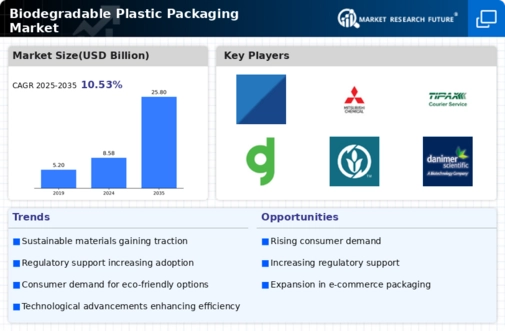

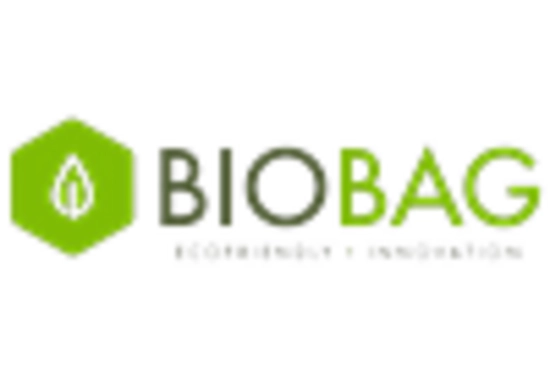
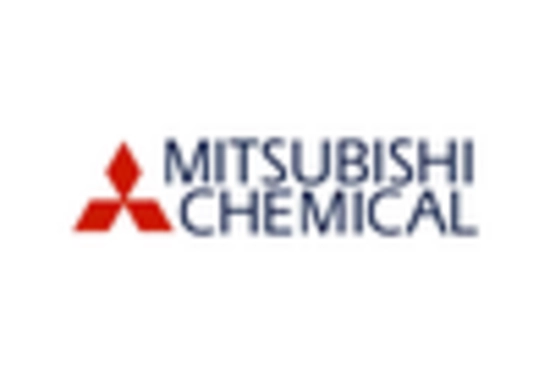
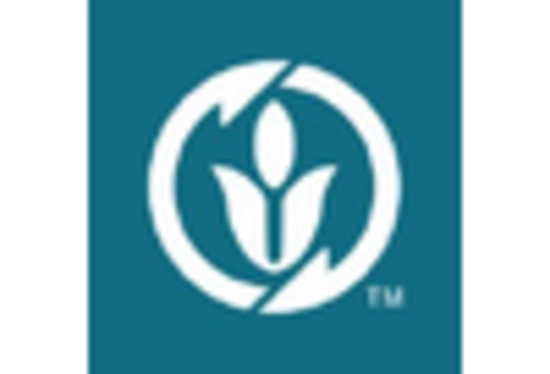
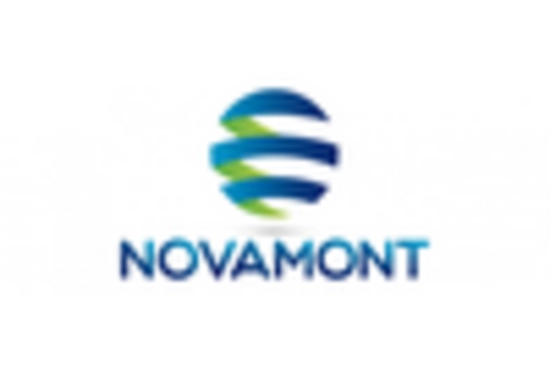
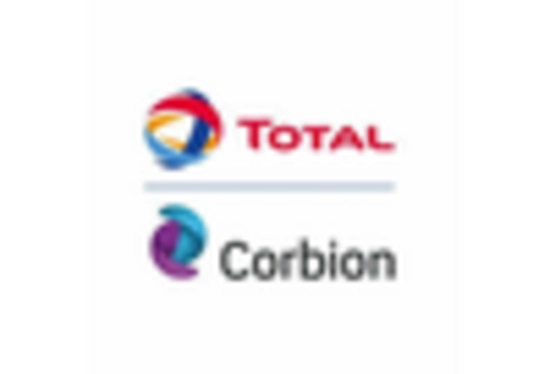









Leave a Comment